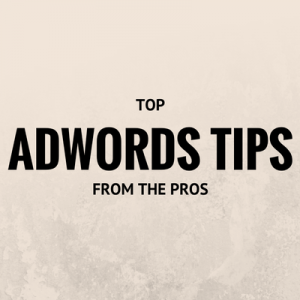Over the past 30 years, I’ve taken note of the different ways consumers respond to market uncertainty. In the savings and loan crisis of the 1980s, for example, shoppers tightened their belts. In 1999, panicked preppers flooded the stores to stockpile goods for (an ultimately illusory) Y2K. And after the great recession 12 years ago, I watched people respond, virtually overnight, to the worst economic crunch in decades with a skyrocketed sensitivity to cost and value: many people, including those who could still afford it, voluntarily gave up on high-status premium products that offered little practical use.
Today we face uncertainty like we never have before. With COVID-19—which is, technically speaking, the disease that comes as a result of a coronavirus infection—we’re seeing an across-the-board shutdown of society. Schools and office buildings are empty, travel and tourism have halted, and the hospitality and restaurant industries, when open at all, are only offering takeout orders. Toilet paper and hand sanitizer have become the hot commodities of the day, and the phrase “social distancing” has gone—forgive the unfortunate pun—viral.
But what makes this moment so particularly trying is that we have fewer answers now than we did in decades past. What will things look like in a week, in a month? It’s hard to say right now. So, as businesses people work to understand potential risks and possible outcomes, they’re also exploring new ways to manage not just their message, but their spending and their expectations.
In order to effectively navigate this, I can offer four recommendations that may help put your business in the strongest position possible by the end of this—or any—crisis.
Reassess Your Story
The world is changing—and your brand story needs to change with it.
Brands that don’t respond to the way consumers are thinking and feeling will pay a hefty price down the road. Right now, whether or not you personally feel the crisis is temporary or overblown is immaterial. What matters is how others feel. And right now they feel scared and confused. Consumer priorities are evolving before our eyes. With all the uncertainty, motivating factors are changing and the value they need from you may change as well.
To stay relevant, you may need to rethink how your brand is being viewed. This doesn’t mean you rebrand from the ground up, but it does mean you need to think carefully about what to highlight about your offerings. A beer or liquor brand, for instance, would do well to rethink a party-time reputation and come up with new ways to give audiences that connection they need to their brand.
Reconsider Your Value
While every industry faces economic uncertainty, many face actual sector closure. Bars, restaurants, cruise ships, airlines, and more are falling victim to a generalized panic.
For companies in those sectors, pushing products and services in a business-as-usual way is a monumental waste of time. But that doesn’t mean they should sit this one out completely. There are opportunities to use marketing investment to strengthen relationships, thereby actually increasing brand distinction during a slump. Imagine the impact a restaurant chain might have emphasizing how they’re feeding the needy or maintaining cleanliness protocols in their restaurants. Or what an airline could accomplish by using aircraft to ship needed supplies across the country or globe. Being closed down for now, they won’t see an immediate return on that spend, but down the road consumers will remember and reward them for the attention paid to the concerns of the public.
Broaden Your Reach
This probably sounds counterintuitive, because conventional wisdom advises us to hunker down and focus on core customers in times like these. And I’m not suggesting that core audiences be ignored. But changing economic conditions often make it easier to evade the noise created by competition and be heard by new prospects.
So while others are going quiet, you have a unique opportunity to have a conversation with audiences who may have never considered your brand before. Assuming that your brand story is compelling and the way you tell it is relevant, your chances of changing minds and behavior right now is actually increased.
Maintain or Even Increase Investment
Too often, companies view marketing as an expense. When business is strong, CEOs are happy, and marketing investments go up. When business gets tight, marketing is one of the first budget items to get cut.
This happens because we marketers, unfortunately, haven’t been effective at using the right metrics to demonstrate the ROI of big investments. We should be looking at overall brand health driven by attitudes and behaviors over an extended period of time rather than in a narrow period. If your investment in marketing moves a block of consumers from “unaware” to “consider” has the effort been a success or failure? I suggest not even though the metrics might suggest otherwise.
By increasing spending while everyone else is cutting, you amplify your voice and make your brand more likely to be heard. Cutting spending only leads to brand erosion and reduced sales (this will be explained away, of course, by the market downturn when in actuality it’s the result of lowered investment). What most brands need in this moment is a rethink of their approach and an increase, not shutdown, of funding.
Business & Finance Articles on Business 2 Community
(28)




